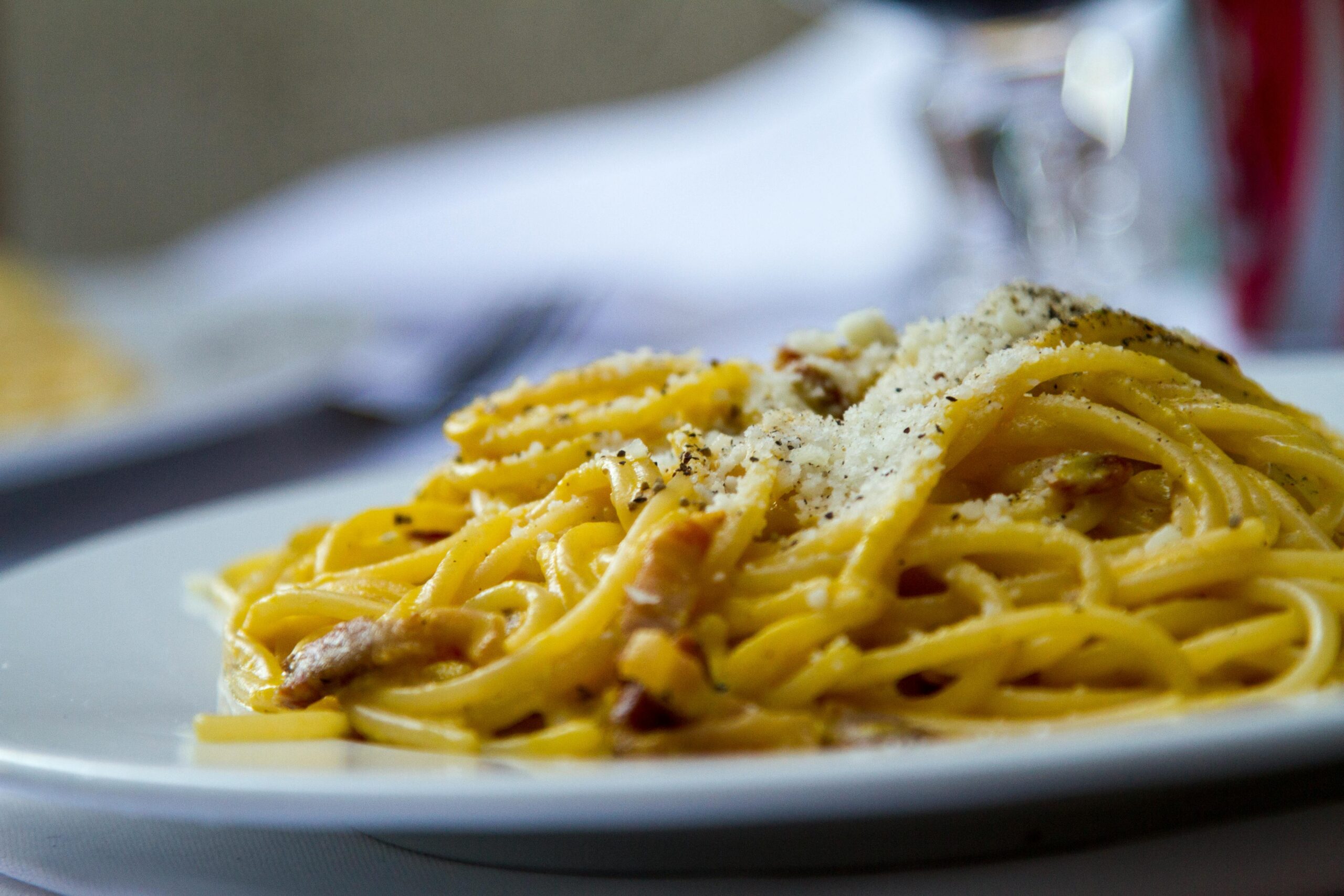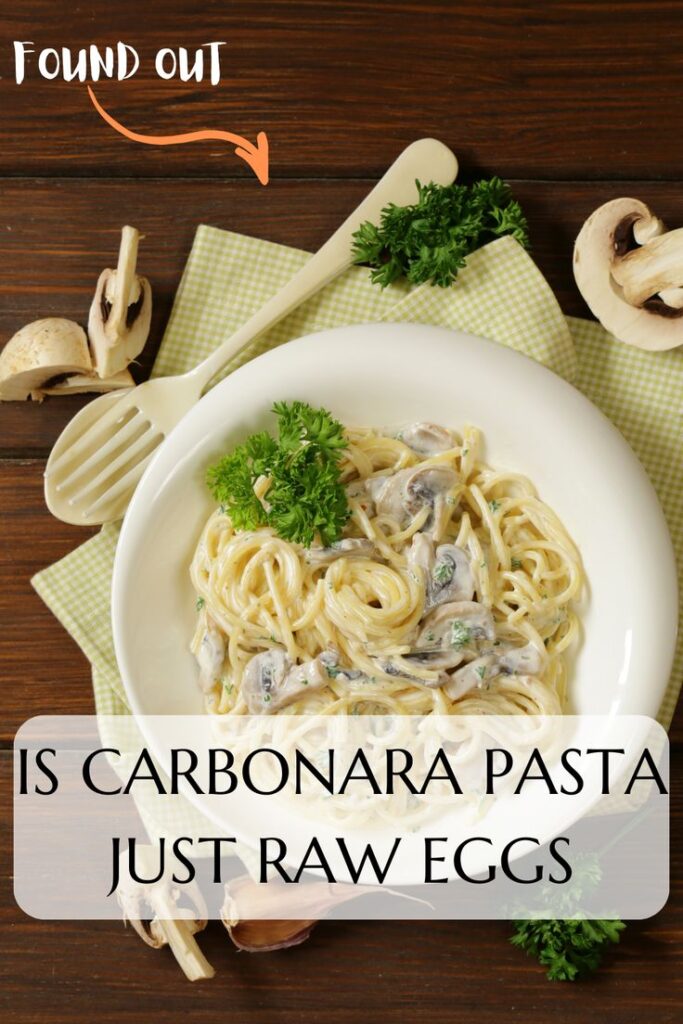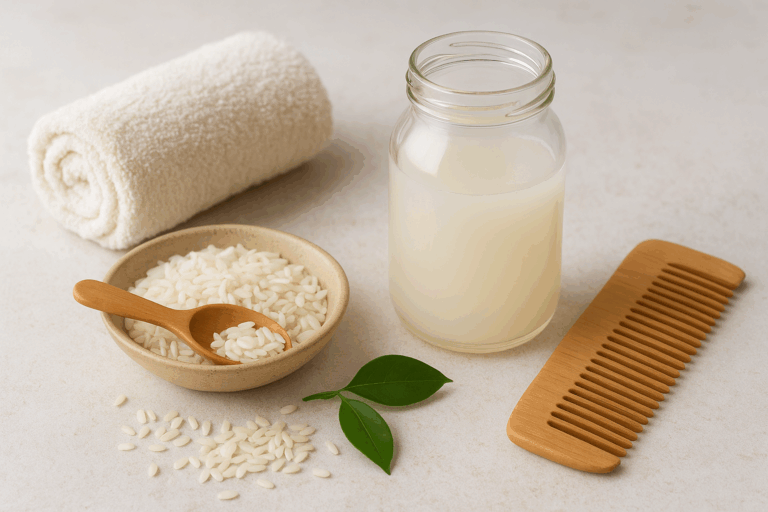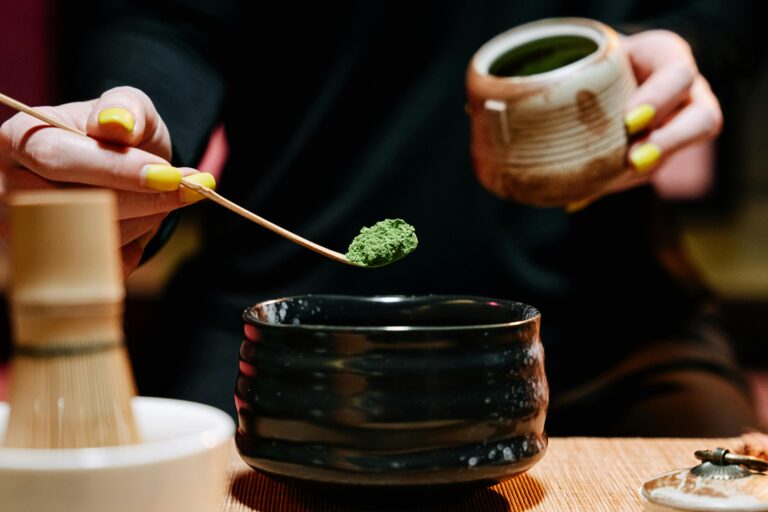IS CARBONARA PASTA JUST RAW EGGS?
Debunking the Myth: Carbonara is Not Just Raw Eggs
When you think of carbonara pasta, the first thing that may come to mind is its creamy, velvety sauce. But a common misconception is that carbonara is made by simply mixing raw eggs with pasta. While eggs are essential, the truth is much more delicious and reassuring. Let’s break down what really goes into this Italian classic and why it’s far from just “raw eggs on pasta.”
The Origins of Carbonara
Carbonara is a traditional Roman pasta dish that dates back to the mid-20th century. Made with simple, affordable ingredients- eggs, cheese, cured pork, and black pepper- it quickly became a staple of Italian cuisine. Its richness comes not from cream or butter (as often mistaken in non-traditional recipes) but from the magical transformation of eggs and cheese when combined with hot pasta.
Are the Eggs Really Raw?
No- and this is where the myth comes from. Eggs in carbonara are not served raw. Instead, they are gently cooked by the residual heat of the pasta and pan:
- The pasta is boiled until al dente.
- A mixture of eggs and finely grated cheese (often Pecorino Romano or Parmesan) is prepared.
- When the pasta is drained and tossed with hot pancetta or guanciale, the egg mixture is added immediately.
- The heat from the pasta and pan cooks the eggs just enough to create a silky, custard-like sauce.
This technique allows the eggs to thicken without scrambling, giving carbonara its iconic creamy texture.
Food Safety: Should You Worry?
Some people hesitate to make carbonara at home due to fears about eating undercooked eggs. Here’s the good news:
- By following the traditional method– adding eggs to hot pasta in a warm pan- the eggs reach a safe temperature.
- The risk of bacteria like salmonella is greatly reduced when fresh, high-quality eggs are used.
- For extra reassurance, pasteurized eggs can be used without affecting the recipe.
Key Ingredients That Make Carbonara Authentic
- Eggs – The base of the sauce (usually yolks, sometimes with a whole egg).
- Pecorino Romano (or Parmesan) – Sharp, salty cheese that balances the richness.
- Guanciale (or pancetta) – Italian cured pork, rendered until crispy.
- Black Pepper – Freshly cracked for a spicy kick.
- Pasta – Traditionally spaghetti, but rigatoni or bucatini work beautifully.
Notice what’s missing? Cream, garlic, and onions often added in modern adaptations, but not part of the authentic Roman recipe.
Variations and Modern Twists
While purists stick to the classic recipe, many cooks adapt carbonara:
- Adding a splash of cream for extra richness.
- Mixing in garlic or onions for flavor.
- Using bacon instead of guanciale when the Italian cut isn’t available.
These variations can be tasty, but the essence of carbonara remains the same: eggs + cheese + pasta heat = creamy perfection.
Final Thoughts
The idea that carbonara is “just raw eggs” is a myth that doesn’t do justice to this beloved dish. In reality, carbonara is a masterclass in simplicity, technique, and flavor. The eggs are gently cooked into a luscious sauce that clings to every strand of pasta, balanced by salty cheese and savory pork.
So the next time you twirl a forkful of carbonara, you can savor it with confidence. Very much assured it’s not raw at all, but a carefully crafted dish with centuries of tradition behind it.
Quick Carbonara Recipe Card
Rate This Recipe
- Prep Time: 10 minutes
- Cook Time: 20 minutes
- Cuisine: Italian
- Course: Main (Pasta)
- Servings: 4
Ingredients
- 400g (14 oz) spaghetti or rigatoni
- 150g (5 oz) guanciale (or pancetta)
- 3 large egg yolks + 1 whole egg
- 1 cup Pecorino Romano (or Parmesan), finely grated
- Freshly cracked black pepper
Steps to Make Carbonara
- Bring a large pot of salted water to a boil and cook the pasta until al dente. Reserve 1 cup of pasta water before draining.
- In a bowl, whisk together the egg yolks, whole egg, and cheese until smooth. Set aside.
- In a large skillet, cook guanciale over medium heat until crispy. Remove from heat.
- Add the drained pasta to the skillet with guanciale, tossing to coat in the rendered fat.
- Off the heat, pour in the egg-cheese mixture, tossing quickly to avoid scrambling. Add a splash of reserved pasta water if needed for creaminess.
- Season generously with black pepper and serve immediately with extra cheese.







